
views
New Delhi: The draft of the New Education Policy has ambitious recommendations with an aim to turn India into a “knowledge superpower”, but the outlay for education in Nirmala Sitharaman’s maiden budget will show how serious the government is towards the policy overhaul.
The policy would call for a big increase in the budget earmarked for education. However, if we go by the past budgetary commitments, the share of total spending on education in the Union budget has decreased from 4.6 per cent in 2014-15, when the BJP came to power, to 3.5 per cent in 2019-20.
The government has focused on funding education through a cess instead of conventional budget, but even that money – Rs 94,000 crore collected till 2017-18 for secondary and higher education – lay unused, as a damning CAG report had shown.
With the NEP setting the stage for a revamp of the education sector, the expectation this time is of an increased budget allocation that can be spent in the right direction - “teachers training.”
The new policy does emphasise on the need for quality teacher education, but government budget data compiled by IndiaSpend shows that funds for the teacher training component has declined by 87 per cent over six years, from Rs 1,158 crore in 2014-’15 to Rs 150 crore in 2019-’20, indicating the low priority accorded.
Education holds the key to skilling, employability, and, in turn, contribution to realisation of faster growth of GDP, but without the right kind of teacher training, India’s learning levels have shown a dismal trend.
News 18.com spoke to experts on the expectations from the Union budget, and the unanimous and foremost expectation was “having the professionally trained teachers and increase in the allocation for teacher education.”
Teachers’ training is an important component of Samagra Shiksha Abhiyan - an overarching programme for the school education sector extending from pre-school to Class 12.
Announced in the 2018-19 Union Budget, SMSA subsumes the three Schemes of Sarva Shiksha Abhiyan (SSA), Rashtriya Madhyamik Shiksha Abhiyan(RMSA) and Teacher Education (TE).
The Union Budget 2018-19 earmarked only Rs 36,322 crores for programmes under Samagra Shiksha Abhiyan, which was dubbed as too meagre an allocation in the face of depleting teachers training institutes (DIETS - District Institute of Education and Training) and increasing proportions of untrained teachers.
SMSA aims to provide support for both pre-service and in-service teacher training, but has got only two per cent of the total allocation of SMSA in 2018-19.
Speaking on the lack of commitment to teachers training, Protiva Kundu, additional coordinator at the Research Centre for Budget and Governance Accountability said that there is a shortage of 9.4 lakh teachers in government schools - 5.86 lakh in primary schools and 3.5 lakh in upper primary schools.
There are 6, 22,060 sanctioned posts of teachers in government secondary schools at the national level and only about 76 per cent teachers are in position.
“The recently launched Samagra Shiksha Abhiyan (SMSA), which also aims to provide support for both pre-service and in-service teacher training, has got only two per cent of the total allocation of SMSA in 2018-19,” she said.
“Lack of adequate resources is one of the major reasons for non-recruitment of professionally qualified teachers or training of teachers in position. Unfortunately, in terms of budgetary commitments, teacher training never got due importance,” she added.
The experts shared that the budgetary commitment towards teachers training will improve education outcomes, “To improve the educational outcome, the recruitment process should start without delay. Governments should raise their budgetary allocations until every school achieves the suggested teacher pupil ratio,” she said.
Another important way of doing this is to be in line of the recommendation of the draft which states that “the government should discontinue appointing para teachers to bridge the shortage”. Instead, it says the government should invest substantial amount of resources for teacher’s education, Kundu told News18.com.
Ambarish Rai from the RTE forum said that teachers training is the most “neglected component in education. The government is talking about achieving accessibility to education, the challenge now should be to achieve quality. Without teachers it cannot be achieved.”
In his opinion, the attention should be given to have more DIETS – “There are vacant posts at all levels of education, and we have only 400 DIETS," he said. This is not going to work, as the experts believe we need to invest more on DIETS which are running on less faculty and no facilities.
"There has to be a decentralised and institutionalised mode of teachers’ education, and can't overlook the Justice Verma report on teachers education (2012),” he said.











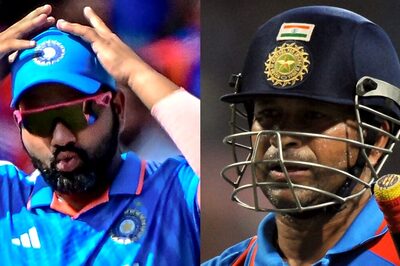
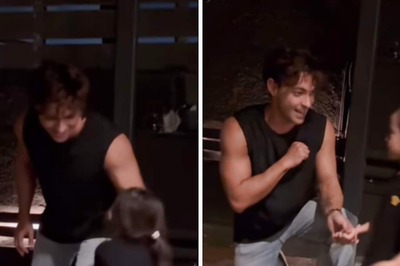
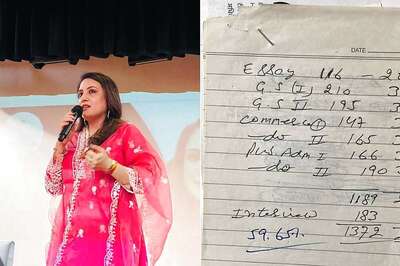


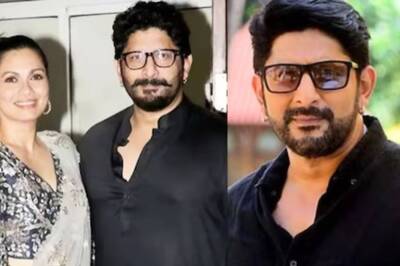
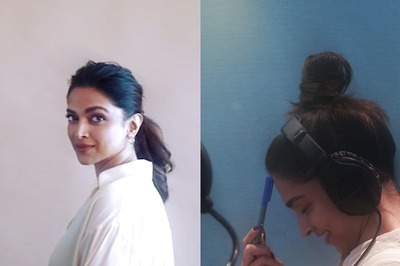

Comments
0 comment